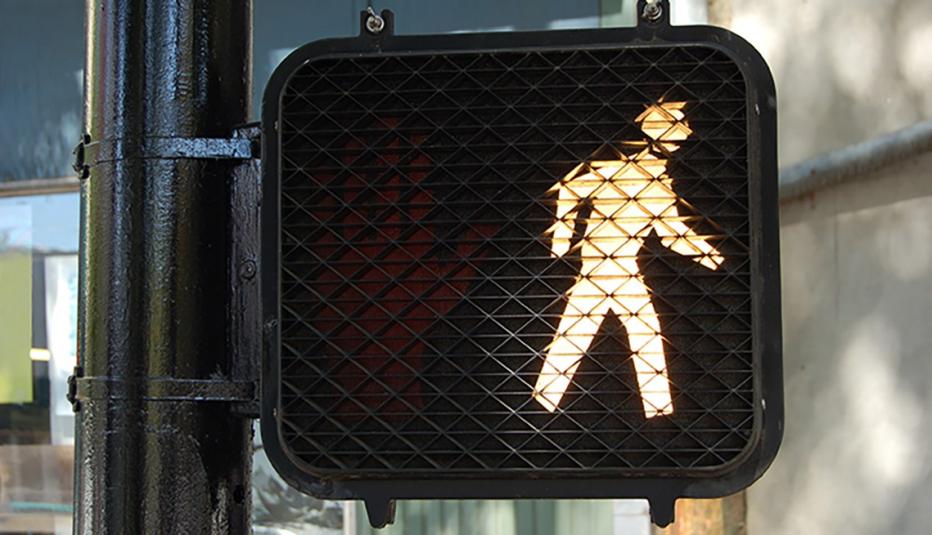AARP Hearing Center
Walking is good for you, and older Americans generally know it, new AARP research shows. The survey of adults 50 and older found that most agree walking is beneficial for improving physical health (91%), fitness (83%), mental health (75%), and brain health (59%).


Making Strides
Most adults 50-plus find a reason to walk. In fact, 87% of older adults engage in one of the following activities daily:
- Leisure walking/strolling (45%)
- To get to and from places (38%)
- Brisk walking for exercise (32%)
- At work (29%)
- Recreational walking (23%)
- Walking a pet (23%)
- Hiking (8%)
Key Findings
- More than half (55%) of adults 50-plus engage in one or two walking activities in a typical week, while most (86%) walk for 10 minutes or more, and nearly half (47%) walk for at least 30 minutes.
- Neighborhoods are the most common places to walk, with 68% of adults surveyed choosing their neighborhoods over walking in a park (27%). Other prefer areas include outdoor spaces (23%), other neighborhoods (11%), fitness centers or gyms (9%), along rivers or canals (7%), or along the beach (6%).
- More adults 65-plus prefer walking in malls or shopping centers than adults 50–64 (25% vs. 17%); however, the gradual demise of indoor shopping malls could cause these numbers to shrink. Still, adults 50–64 are more likely than those 65-plus to walk (91% vs. 83%).
- Hikers, on the other hand, have different walking patterns and preferences. They often walk with someone else and walk five or more days a week, typically for 30 minutes or longer. Hikers also engage in more types of walking activities, and they walk in all types of weather and terrain.
- Only 37% find weather to be a barrier to walking. Another 15% noted safety concerns that include a lack of sidewalks, no access to a safe place, or lacking proper lighting. Other barriers are lack of willpower, mobility and health concerns, lack of time or interest, not having someone to walk with, not being a “walking type of person,” preferring to walk on trails, and fear of getting hurt.
- But most older adults believe you can never get enough of a good thing, especially when it comes to your health. In addition to citing physical health, fitness, mental health, and brain health, others mentioned benefits such as helping maintain a healthy weight, connecting with nature, and creating environmental benefits like keeping cars off the road. Only 1% said that walking has no benefit whatsoever.
Methodology
The nationally representative online and telephone survey of U.S. adults ages 50 and older via NORC’s Foresight 50+ panel was conducted for AARP in the spring of 2021. Data are weighted to the latest Current Population Survey (CPS) benchmarks developed by the U.S. Census Bureau and are balanced by gender, age, education, race/ethnicity, region and AARP membership.
For more information, please contact Laura Mehegan at lmehegan@aarp.org. For media inquiries, please contact External Relations at media@aarp.org.































































